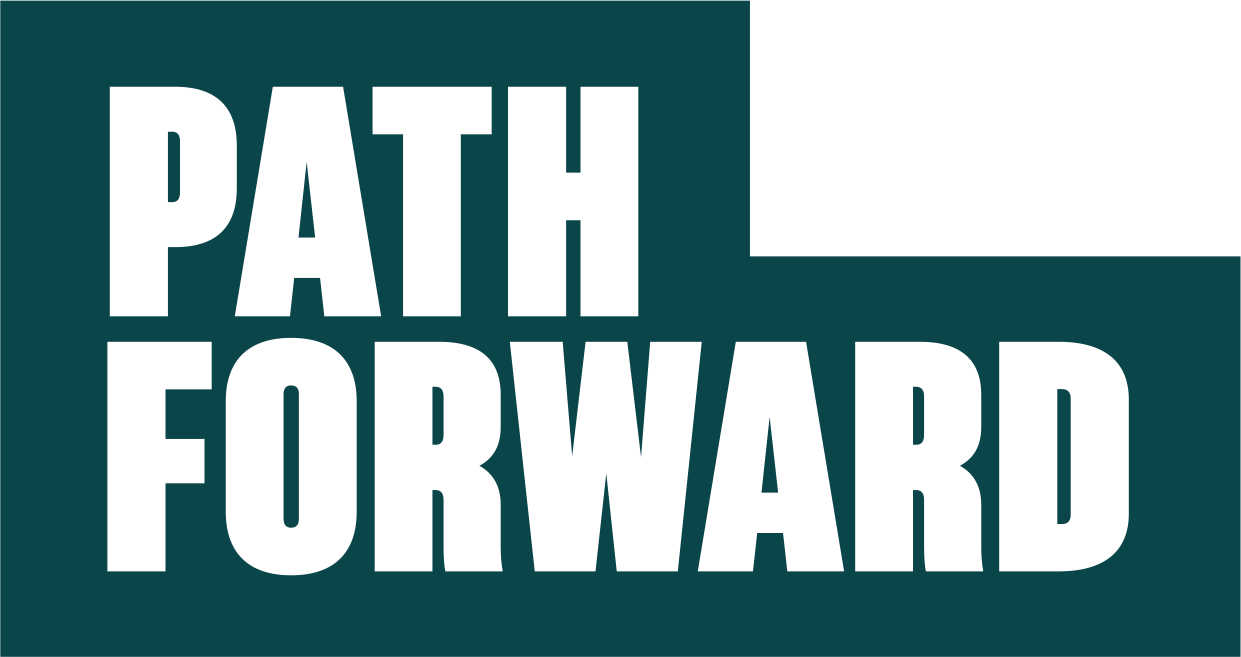Gettin' 'Er Done -- or Not
Your potential as a leader depends on the answer to this question: How good are you at doing what you say you’re gonna do — in the time promised?Think of a past boss who followed through on every intention, like clockwork. Now think of one you could always rely on to forget or defer what he’d promised. The differential in their capacity to lead is enormous.So if you’ve got some weaknesses in planning, prioritizing, executing, and follow-through, what should you do?Unfortunately, most people say, “Well, I just have to try harder.” The problem is, sheer force of will is vastly overrated. It seldom works.But you likely won’t rise to positions of greater leadership — let alone rise to the standards you set for yourself — without slaying this dragon. Every time you promise and don’t deliver, even to yourself, your power leaks away. And so does your integrity.The campaign against the dragon begins with understanding — with self-awareness. The first question to ask: What got in the way? If you didn’t get done what you intended, something else took its place, right?
Sheer force of will is vastly overrated.
The answer to “What got in the way?” might fall in one of four categories:
- situational
- cultural
- technical
- emotional
Situational obstacles are other to-do’s that demand a higher priority. If you’d intended to finish the marketing campaign by Friday, but you got called into two days of emergency budget meetings … or you came down with the swine flu … or the Flabberjabbit broke down and you’re the only one who knows how to fix it — these are situational obstacles. Course of action: forgive yourself (since it wasn’t your fault), re-create the intention, schedule time for it, and move on.Cultural obstacles tend to be subtle and insidious — the result of people you work with not valuing your intentions. You want to start a recycling program at work, but most folks there simply don’t care about the continent-sized garbage patch in the Pacific. “I mean, that’s really far away.” Swimming against the current of prevailing opinion is tough at best. Course of action: Be realistic about what’s achievable, and be strategic about the options for offering people a different view of reality.Technical obstacles refer to your own skills in making things happen. Do you take the time to prioritize, so you can be proactive? Or do you just react to all the balls being tossed your way, hoping like hell to learn how to juggle? Do you have an effective calendaring system and an effective system for managing to-do’s? Do you communicate your needs and priorities effectively to others who make demands of you? Course of action: Acknowledge where your weaknesses are, and find support for shoring up those skills.Emotional obstacles usually fall under one of two umbrellas — “resistance” and “the inability to say no.” Resistance means that if you aren’t fulfilling your intention, it’s probably because there’s an underlying reason you don’t really want to do it. If you don’t get in touch with that underlying reason, there’s no hope of slaying the dragon of ineffectiveness. The inability to say no generally means you’re worried about being disliked or devalued. (On the other hand, saying yes when you can’t or won’t deliver makes you a magnet for disrespect.) Course of action: be honest with yourself about what you’re resisting, or why you can’t say no — and ask others to be honest with you as well.
YOUR PATH FORWARD: Using the four categories above, diagnose the sources of your own ineffectiveness. Use that self-awareness to create a plan for yourself to rise above your previous weaknesses. Get support from people you trust. And fer cryin’ out loud, follow through on the plan!
